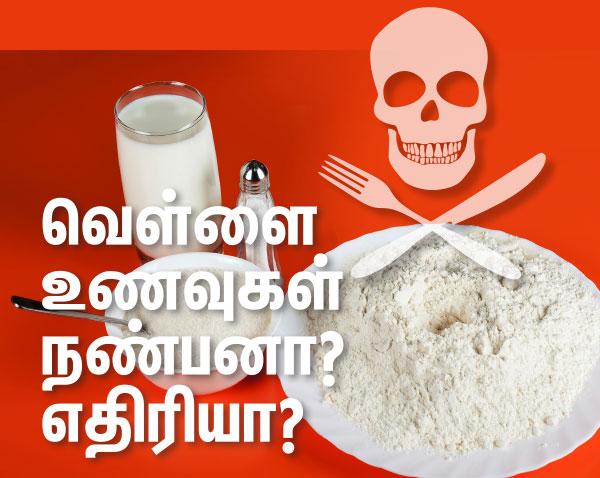
“அரிசி, சர்க்கரை, பால் போன்ற வெள்ளை உணவுகளை விட்டால் சந்தோஷமாக இருக்கலாம்’’ என்பது சூப்பர் ஸ்டாரின் ஹெல்த் ஸ்டேட்மென்்ட். மருத்துவர்களைக் கேட்டாலும், “சில ஒயிட் ஃபுட்களை சாப்பிடாதீங்க” என அட்வைஸ் செய்கிறார்கள். உலகம் முழுவதும் அதிகரித்து வரும் வீகன் டயட் ஃபாலோயர்களும் வெள்ளை உணவுகளைக் கண்டால், தெறித்து ஓடுகிறார்கள். வெள்ளை உணவுகள் சாப்பிடலாமா? கூடாதா? சாப்பிட வேண்டாம் என்பதன் காரணம்தான் என்ன?
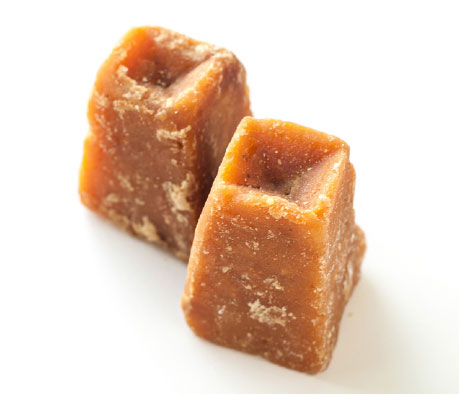
சர்க்கரை
வெள்ளை உணவுகளில் தொடவே கூடாத உணவு சர்க்கரைதான். சர்க்கரை முற்றிலும் வெண்மையாக இருக்க, பல்வேறு ரசாயனங்கள் சேர்க்கப்பட்டு, சுத்திகரிக்கப்படுகிறது. இந்தச் சர்க்கரையை அதி
கம் பயன்படுத்துவதால், கல்லீரல் நோய்கள், வளர்சிதை மாற்ற நோய்கள் ஏற்படுகின்றன. மேலும், பல் சொத்தை, எலும்பு மெலிதல் போன்ற பிரச்னைகள் ஏற்படுகின்றன. சர்க்கரை நோய் தாக்குவதற்கும், சீக்கிரமே முதுமை அடைவதற்கும் சர்க்கரை ஒரு முக்கியக் காரணம். சர்க்கரைக்குப் பதில் வெல்லம் மற்றும் உலர் பழங்களில் இருந்து எடுக்கப்படும் சர்க்கரையைப் பயன்படுத்தலாம்.
கம் பயன்படுத்துவதால், கல்லீரல் நோய்கள், வளர்சிதை மாற்ற நோய்கள் ஏற்படுகின்றன. மேலும், பல் சொத்தை, எலும்பு மெலிதல் போன்ற பிரச்னைகள் ஏற்படுகின்றன. சர்க்கரை நோய் தாக்குவதற்கும், சீக்கிரமே முதுமை அடைவதற்கும் சர்க்கரை ஒரு முக்கியக் காரணம். சர்க்கரைக்குப் பதில் வெல்லம் மற்றும் உலர் பழங்களில் இருந்து எடுக்கப்படும் சர்க்கரையைப் பயன்படுத்தலாம்.
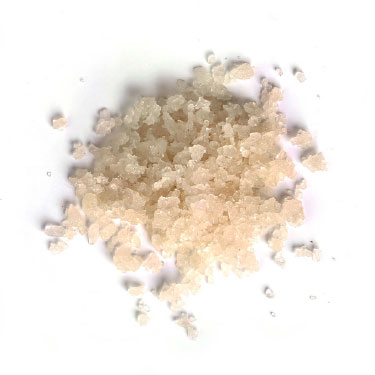
சமையல் உப்பு
கடலில் இருந்து கிடைக்கும் உப்பு, சற்றே பழுப்பு நிறத்தில் இருக்கும். ஆனால், அயோடின் உப்பு தயாரிக்கும்போது, அதிக வெப்பத்தில் உப்பை பிளீச் செய்கிறார்கள், இந்த முறையால், உப்பில் இயற்கையாக இருக்கும் பல்வேறு தாது உப்புக்கள் வெளியேறிவிடுகின்றன. அயோடின் அதிகளவு நிறைந்த, தூள் உப்பை அதிகம் உணவில் சேர்ப்பதால், இதயநோய்கள், ரத்த அழுத்தம், பக்கவாதம் போன்ற நோய்கள் எளிதில் வர வாய்ப்புகள் உள்ளன. எனவே, இயற்கையில் கிடைக்கும் கடல் உப்பு, இந்துப்பு போன்றவற்றைப் பயன்படுத்தலாம். இந்துப்பில் பொட்டாசியம், மாங்கனீசு, அயோடின், இரும்புச்சத்து, துத்தநாகம் உள்ளிட்ட பல்வேறு சத்துகள் இருக்கின்றன.
கடலில் இருந்து கிடைக்கும் உப்பு, சற்றே பழுப்பு நிறத்தில் இருக்கும். ஆனால், அயோடின் உப்பு தயாரிக்கும்போது, அதிக வெப்பத்தில் உப்பை பிளீச் செய்கிறார்கள், இந்த முறையால், உப்பில் இயற்கையாக இருக்கும் பல்வேறு தாது உப்புக்கள் வெளியேறிவிடுகின்றன. அயோடின் அதிகளவு நிறைந்த, தூள் உப்பை அதிகம் உணவில் சேர்ப்பதால், இதயநோய்கள், ரத்த அழுத்தம், பக்கவாதம் போன்ற நோய்கள் எளிதில் வர வாய்ப்புகள் உள்ளன. எனவே, இயற்கையில் கிடைக்கும் கடல் உப்பு, இந்துப்பு போன்றவற்றைப் பயன்படுத்தலாம். இந்துப்பில் பொட்டாசியம், மாங்கனீசு, அயோடின், இரும்புச்சத்து, துத்தநாகம் உள்ளிட்ட பல்வேறு சத்துகள் இருக்கின்றன.
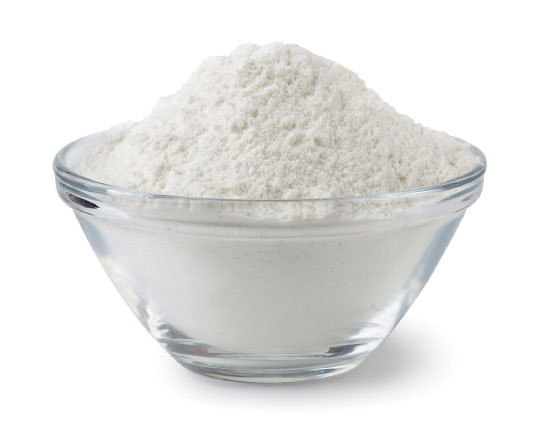
மைதா
முழு கோதுமையைப் பட்டைதீட்டி, நார்ச்சத்துகளையும் பிற வைட்டமின் சத்துக்களையும் அறவே நீக்கி, ரசாயனங்களைச் சேர்த்து ப்ளீச் செய்து, தயாரிக்கப்படும் பொருள் மைதா மாவு. இதில், கார்போஹைட்ரேட் சத்து மட்டுமே இருக்கும். நூடுல்ஸ், கேக், பீட்சா, பர்கர், பரோட்டா என, ஜங்க் உணவுகளில் பெரும்பாலும் மைதா மாவே பயன்படுத்தப்படுகிறது. இந்த உணவுப்பொருட்களில் சர்க்கரை மற்றும் எண்ணெய் அதிக அளவு சேர்க்கப்பட்டு இருக்கும். எனவே, இது அதிக கலோரிகள் கொண்டது. தொடர்ந்து மைதாவால் செய்யப்பட்ட உணவுகளைச் சாப்பிடும்போது, சர்க்கரை நோய் எளிதில் தாக்கலாம். மேலும், மலச்சிக்கல், குடல் புற்றுநோய் போன்றவை வருவதற்கும் மைதாவே காரணம் என்கிறார்கள் ஆய்வாளர்கள். எனவே, மைதாவுக்குப் பதிலாக முழு தானியமான கோதுமையை வாங்கி, அப்படியே அரைத்து, சமையலுக்குப் பயன்படுத்தலாம். சிறுதானிய மாவுகளைப் பயன்படுத்தும்போது, உடலுக்குத் தேவையான நார்ச்சத்து, வைட்டமின்கள் கிடைப்பதோடு, சர்க்கரை நோய் வருவதற்கான வாய்ப்புகளும் குறையும்.
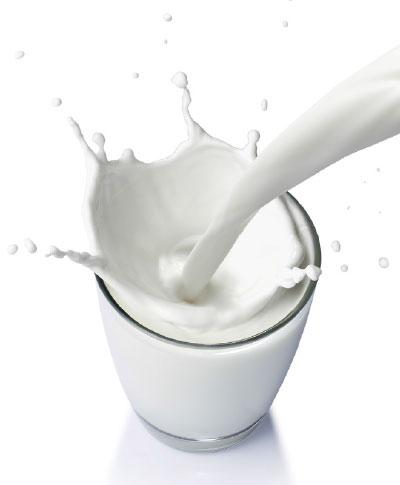
பால்
எளிதில் ஜீரணமாகாத ஒரு உணவு, பால். தற்போது, பசுக்கள் அதிகமாகப் பால் சுரக்க ஹார்மோன் ஊசிகள் போடுவதாலும், ஆன்டிபயாடிக் மருந்துகளை மாட்டுக்குத் தருவதாலும், பாலில் யூரியா கலப்பதாலும் பால்கூட விஷமாக்கப்பட்டுவிட்டது. இதனால், பல்வேறு உடல்நலப் பாதிப்புகள் வருகின்றன. பாலில் இருக்கும் கேஸியீன் (Casein) என்ற புரதம், புற்றுநோய் வரக் காரணமாக இருக்கிறது என பல ஆய்வுகள் சொல்கின்றன. எனவே, பசும்பாலுக்குப் பதிலாகத் தேங்காய்ப் பால், சோயா பால், வேர்க்கடலைப் பால், பாதாம் பால் போன்றவற்றைப் பயன்படுத்தலாம். பாலில் இருக்கும் கால்சியத்தைவிட எள்ளில் அதிக அளவு கால்சியம் இருக்கிறது. எனவே, எள்ளுச் சட்னி, எள்ளுப்பால், எள்ளு சாதம் போன்றவற்றைச் சாப்பிடலாம்.
எளிதில் ஜீரணமாகாத ஒரு உணவு, பால். தற்போது, பசுக்கள் அதிகமாகப் பால் சுரக்க ஹார்மோன் ஊசிகள் போடுவதாலும், ஆன்டிபயாடிக் மருந்துகளை மாட்டுக்குத் தருவதாலும், பாலில் யூரியா கலப்பதாலும் பால்கூட விஷமாக்கப்பட்டுவிட்டது. இதனால், பல்வேறு உடல்நலப் பாதிப்புகள் வருகின்றன. பாலில் இருக்கும் கேஸியீன் (Casein) என்ற புரதம், புற்றுநோய் வரக் காரணமாக இருக்கிறது என பல ஆய்வுகள் சொல்கின்றன. எனவே, பசும்பாலுக்குப் பதிலாகத் தேங்காய்ப் பால், சோயா பால், வேர்க்கடலைப் பால், பாதாம் பால் போன்றவற்றைப் பயன்படுத்தலாம். பாலில் இருக்கும் கால்சியத்தைவிட எள்ளில் அதிக அளவு கால்சியம் இருக்கிறது. எனவே, எள்ளுச் சட்னி, எள்ளுப்பால், எள்ளு சாதம் போன்றவற்றைச் சாப்பிடலாம்.
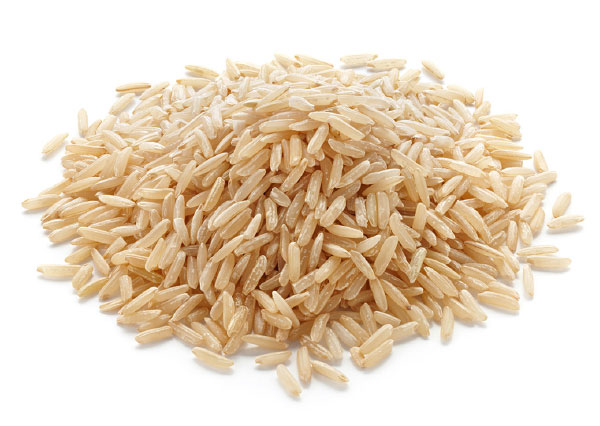
அரிசி
உலக அளவில், சர்க்கரை நோயாளிகள் அதிகம் இருப்பது இந்தியாவில்தான். இதற்கு அரிசி உணவும் மிக முக்கியக் காரணம். அரிசி நன்றாகப் பட்டைதீட்டப்பட்டுத்தான் கிடைக்கிறது. சாதம், வெள்ளைவெளேரென இருந்தால்தான், உயர் ரக அரிசி என நினைத்து, மக்கள் வாங்கிப் பயன்படுத்துகின்றனர். பாலீஷ் செய்யப்பட்ட அரிசியில் அறவே நார்ச்சத்து கிடையாது. குறைவாகச் சாப்பிட்டாலும் திருப்தி ஏற்படாது. இதனால், அதிகம் சாப்பிடுவார்கள். அரிசியில் உள்ள மாவுச்சத்து, கொழுப்பாக மாறி உடலில் தங்கிவிடும். நாளடைவில் சர்க்கரை நோய் வர அரிசி ஒரு முக்கியமான காரணியாக இருக்கும். தவிடு நீக்கப்படாத பாலீஷ் செய்யாத பழுப்பு அரிசி, சிவப்பு அரிசியைச் சாப்பிடுவதே நல்லது.
- பு.விவேக் ஆனந்த்

‘பழுப்பே’ பெஸ்ட்!
வெள்ளை நிற உணவுகள் உடலுக்குப் பாதிப்பை ஏற்படுத்தக்கூடியவை என்பது உண்மைதான். அதற்காக, முற்றிலும் தவிர்த்துவிடுவதும் சாத்தியம் இல்லை. சர்க்கரையை ஒரு நாளைக்கு 30 கிராம் எடுத்துக்கொள்ளலாம். சர்க்கரைக்குப் பதில், பனை வெல்லம், பனங்கற்கண்டு போன்றவற்றைப் பயன்படுத்தலாம். வெல்லம் பயன்படுத்துபவர்கள் மஞ்சள் நிறத்தில் இருக்கும் வெல்லத்தைத் தவிர்த்து, இளஞ்சிவப்பு நிறத்தில் இருக்கும் வெல்லம்தான் பயன்படுத்த வேண்டும். பழுப்பு நிறத்தில், பிளீச் செய்யப்படாமல் கிடைக்கும் சர்க்கரையை சிறிதளவு சேர்த்துக்கொள்ளலாம்.
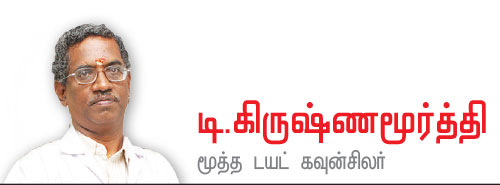
அதேபோல், உணவில் உப்பும் அதிகம் சேர்க்கக் கூடாது. அயோடின் உடலுக்கு அவசியம் எனவே, கல் உப்பு, தூள் உப்பு இரண்டையும் சரிவிகிதத்தில் சமையலுக்குப் பயன்படுத்த வேண்டும். மைதாவில் கார்போஹைட்ரேட் மட்டுமே உள்ளது. எனவே, முற்றிலும் அதைத் தவிர்ப்பதுதான் நல்லது. பாலுக்கு மாற்றாக கால்சியத்தை எள், கேழ்வரகு மூலம் பெற்றுக்கொள்ள முடியும் என்றாலும், குழந்தைகளை எளிதாகப் பால் சாப்பிடவைக்க முடியும். எனவே, குழந்தைகளுக்குப் பால் சிறிது அளவு கொடுக்கலாம். பெரியவர்கள் பால் சாப்பிடுவதற்குப் பதிலாக, கேழ்வரகை அன்றாடம் சேர்த்துக்கொள்ளலாம். வெள்ளை அரிசிக்கு மாற்றாக, பழுப்பு அரிசி, கைகுத்தல் அரிசியைப் பயன்படுத்தலாம்.








